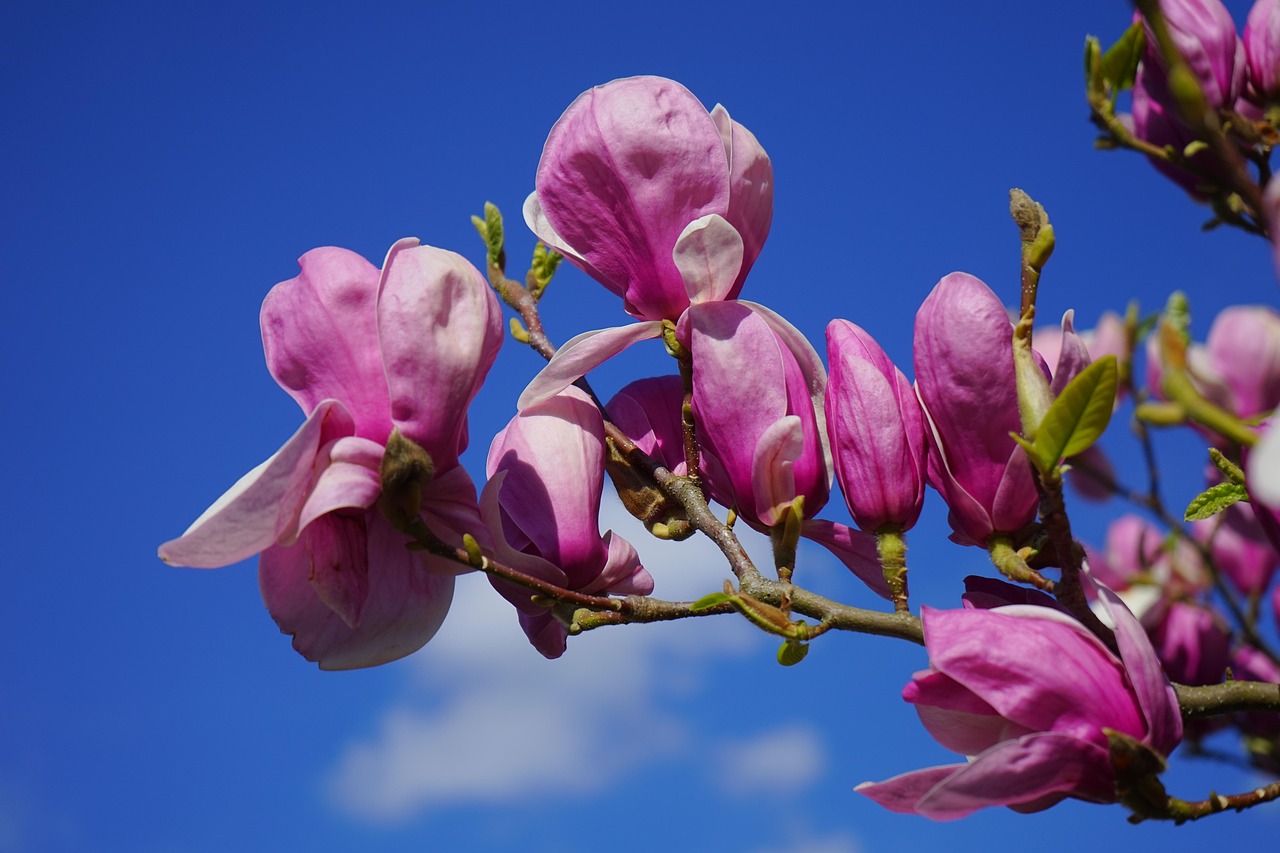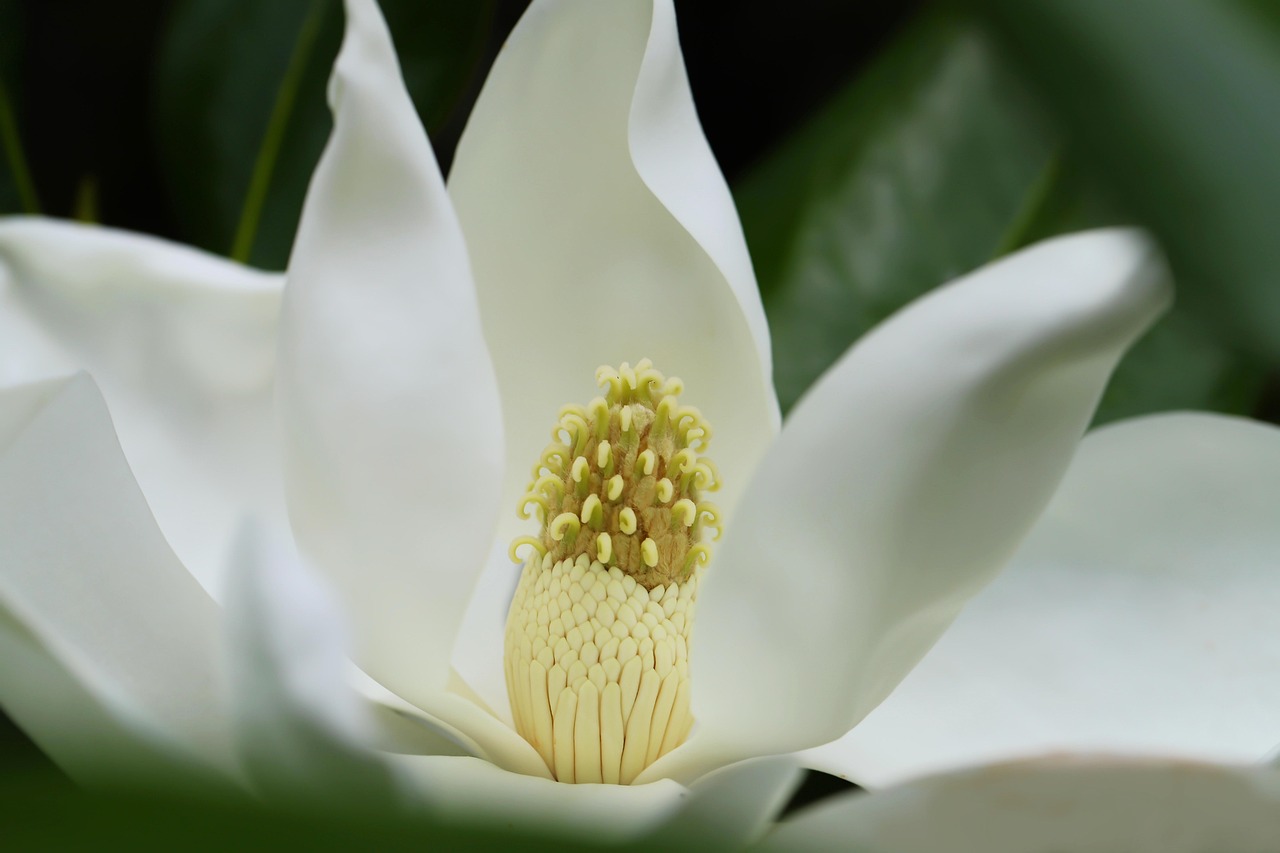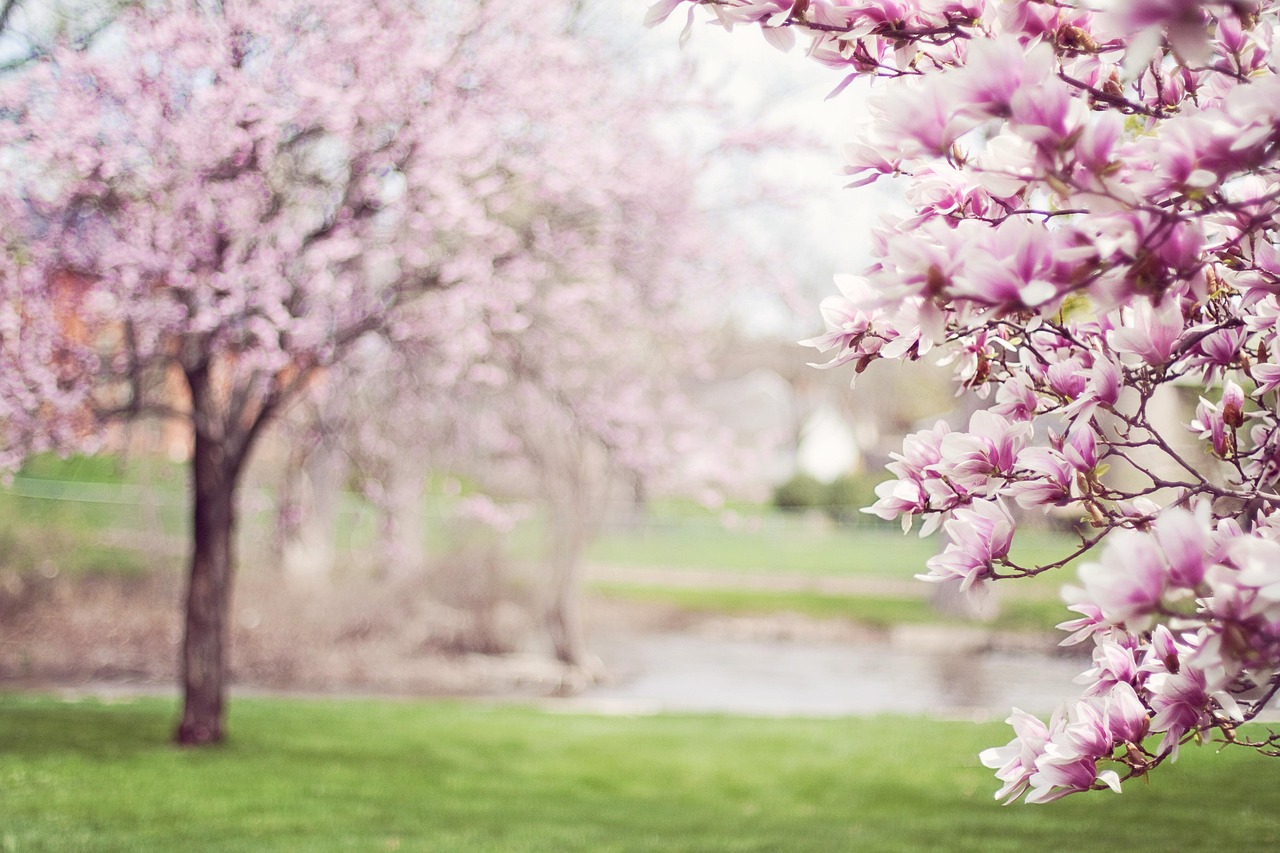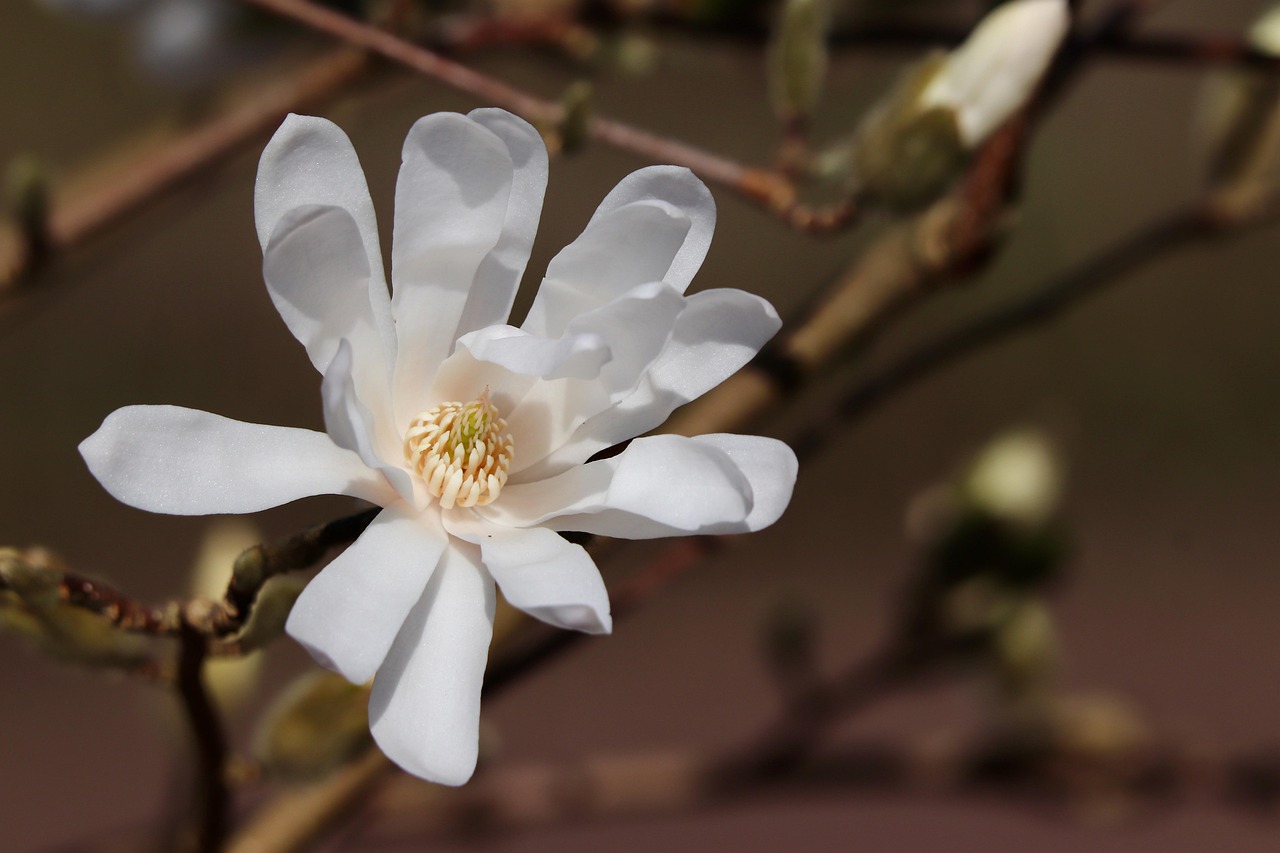Yes, magnolia trees can grow in pots, but they require specific conditions and care for optimal growth. Choosing the right pot, soil, and maintenance practices are essential for their health and blooming.
Understanding Magnolia Trees

Magnolia trees are renowned for their stunning flowers and glossy leaves. These deciduous or evergreen trees belong to the Magnoliaceae family and are native to various regions, including Asia and the Americas. They are cherished in gardens for their beautiful blooms that often appear in early spring, heralding the arrival of warmer weather.
While many people envision magnolias as large landscape trees, container planting has grown in popularity. This trend allows enthusiasts with limited space to enjoy the beauty of magnolias. Growing magnolias in pots can be rewarding, but it comes with its own set of challenges.
Benefits of Growing Magnolias in Pots
Container gardening offers several advantages for growing magnolia trees. Here are some key benefits:
- Space Efficiency: Pots can be placed on patios, balconies, or small yards, making them suitable for urban environments.
- Mobility: Potted magnolias can be moved around to optimize sunlight exposure or protect them from harsh weather.
- Soil Control: Container gardening allows for better control over soil quality and moisture levels.
- Drainage Management: Proper drainage can be ensured, reducing the risk of root rot.
Challenges of Container Planting for Magnolias
Despite the benefits, there are also challenges when growing magnolias in pots. Here are some aspects to consider:
- Root Space: Magnolia trees have extensive root systems. Restricted root space can hinder growth and flowering.
- Watering Needs: Potted plants may require more frequent watering due to evaporation and drainage.
- Temperature Sensitivity: Containers can heat up quickly, affecting root health during extreme temperatures.
- Nutrient Supply: Soil in pots can deplete nutrients faster than in-ground planting.
Choosing the Right Container
The choice of container plays a critical role in the success of growing magnolia trees in pots. Here are some factors to consider:
- Size: Choose a pot that is at least 18-24 inches in diameter for young magnolia trees. As they grow, consider larger pots.
- Material: Durable materials like ceramic or heavy-duty plastic are ideal. Avoid light materials that may tip over easily.
- Drainage: Ensure the pot has adequate drainage holes to prevent waterlogging.
Selecting the Best Soil
The soil used for potted magnolias is crucial for their health. Here are some considerations for soil selection:
- Aeration: Use well-aerated potting mix to promote healthy root growth.
- Acidity: Magnolias prefer slightly acidic soil (pH 5.5 to 6.5). Consider adding peat moss or pine bark to adjust pH levels.
- Nutrients: Incorporate organic matter such as compost to provide essential nutrients.
Watering and Fertilizing Practices
Proper watering and fertilizing are key to thriving potted magnolias. Here’s how to manage these aspects:
Watering
Magnolia trees need consistent moisture but should not be overwatered. Here are some tips:
- Check the top inch of soil; if dry, it’s time to water.
- Water deeply until excess drains out of the bottom holes.
- Avoid letting the pot sit in standing water.
Fertilizing
Potted magnolias benefit from regular fertilization, especially during the growing season. Follow these guidelines:
- Use a balanced fertilizer formulated for flowering trees.
- Apply fertilizer every 4-6 weeks during spring and summer.
- Avoid fertilizing in late fall and winter when the plant is dormant.
Final Considerations for Potted Magnolias
Growing magnolias in containers can be a delightful endeavor. By selecting the right container, soil, and care regimen, you can enjoy these magnificent trees even in small spaces. Keep an eye on their growth habits and adjust care as needed to ensure vibrant blooms year after year.
Pruning and Training Magnolias in Containers
Proper pruning and training are essential for maintaining the health and shape of magnolia trees, especially when grown in containers. Magnolias can naturally grow large, so regular care is crucial to ensure they remain manageable and aesthetically pleasing.
Why Prune Magnolias?
Pruning serves several important purposes:
- Encouraging Growth: Pruning can stimulate new growth and help the tree maintain a desired shape.
- Removing Dead or Diseased Wood: Regularly removing unhealthy branches helps prevent disease spread.
- Enhancing Air Circulation: Thinning out crowded branches improves airflow, reducing the risk of fungal diseases.
- Improving Flower Production: Pruning can enhance flowering by allowing more light to reach the inner branches.
When to Prune
The best time to prune magnolia trees in pots is during late winter or early spring, just before new growth begins. This timing minimizes stress on the plant and encourages healthy blooms. Avoid pruning during the fall, as it can lead to frost damage on newly cut branches.
How to Prune
Follow these steps for effective pruning:
- Assess the Tree: Examine the tree for dead, damaged, or crossing branches.
- Use Clean Tools: Always use sharp, clean pruning shears to make clean cuts and reduce infection risks.
- Trim Strategically: Remove no more than 20% of the tree’s foliage at once to avoid shock.
- Shape as Needed: Maintain an open center for better air circulation while shaping the tree as desired.
Winter Care for Potted Magnolias
Winter can be challenging for container-grown magnolias. Cold temperatures can affect their roots, making extra care essential. Here are some best practices for winter care:
Protecting from Frost
Potted magnolias are more susceptible to frost damage due to their roots being exposed in containers. To protect them:
- Move Indoors: If possible, bring the pot indoors during extreme cold spells.
- Use Frost Cloths: Cover the tree with frost cloths or burlap on particularly cold nights.
- Insulate Pots: Wrap the pot with bubble wrap or burlap to provide insulation against freezing temperatures.
Adjusting Watering
Watering needs change in winter. While the tree is dormant, it requires less water:
- Monitor soil moisture regularly; allow the top inch to dry out before watering again.
- Avoid overwatering, as this increases the risk of root rot during colder months.
Pest and Disease Management
P

ests and diseases can impact the health of potted magnolia trees. Identifying and managing these issues early is key to maintaining vibrant plants.
Common Pests
The following pests are often found on magnolias:
- Aphids: These small insects suck sap and can cause leaf curling. Control them with insecticidal soap or neem oil.
- Scale Insects: Scale insects appear as small bumps on stems and leaves. They can be removed manually or treated with horticultural oil.
- Spider Mites: These tiny pests thrive in dry conditions. Increase humidity or use miticides to control their population.
Disease Prevention
Diseases may also affect container magnolias. Here are some common issues:
- Leaf Spot: Caused by fungal infections, it leads to dark spots on leaves. Ensure good air circulation and avoid overhead watering to prevent this.
- Root Rot: Overwatering can lead to root rot. Use well-draining soil and pots with drainage holes to mitigate this risk.
Selecting the Right Magnolia Variety for Containers
Not all magnolia varieties are suitable for container growth. Choosing the right type can significantly affect your success. Here are some popular varieties that do well in pots:
| Variety | Height | Bloom Color | Notes |
|---|---|---|---|
| Little Gem | 10-20 feet | White/Pink | Compact size; ideal for pots. |
| Star Magnolia | 15-20 feet | White | Early bloom; fragrant flowers. |
| Jane Magnolia | 10-15 feet | Purple/Pink | Good for smaller spaces. |
Selecting a suitable variety will enhance your container gardening experience
Choosing the Right Location for Potted Magnolias
T

he location of your potted magnolia is crucial for its growth and overall health. Selecting the right spot ensures that the tree receives adequate sunlight while being protected from extreme weather conditions.
Sunlight Requirements
Magnolia trees thrive in full sun to partial shade. Here are some guidelines on how much sunlight they need:
- Full Sun: Aim for at least 6 hours of direct sunlight daily for optimal growth and flowering.
- Partial Shade: If sunlight is limited, ensure that the tree still receives some morning sun, as this helps with photosynthesis.
- Avoid Dark Areas: Do not place potted magnolias in shady spots where they may struggle to thrive.
Protection from Wind and Extreme Weather
Potted magnolias can be vulnerable to wind and extreme temperatures. Consider these protective measures:
- Windbreaks: Position pots near walls or fences that can shield them from strong winds.
- Shade During Heat: In extremely hot climates, consider using shade cloth to protect the tree from excessive heat, especially during peak sun hours.
- Cover in Winter: When temperatures drop, move pots to sheltered locations or cover them with protective materials.
Repotting Magnolias: When and How
As magnolia trees grow, they may outgrow their containers. Regular repotting is necessary to ensure they have enough space for healthy root development. Here’s how to do it:
When to Repot
The ideal time to repot magnolia trees is during early spring, before new growth begins. Here are some signs that it’s time to repot:
- Roots Emerging: If roots are growing out of the drainage holes, it’s time for a larger pot.
- Stunted Growth: If the tree shows minimal new growth or flower production, it may be root-bound.
- Deteriorating Soil Quality: If the soil appears depleted or compacted, repotting can refresh its nutrients.
How to Repot
Follow these steps for a successful repotting process:
- Select a New Pot: Choose a pot that is 2-4 inches larger in diameter than the current one.
- Prepare Soil: Use fresh, well-draining potting mix with organic matter for nutrients.
- Gently Remove the Tree: Carefully take the magnolia out of its current pot, loosening the roots if necessary.
- Inspect the Roots: Trim any damaged or dead roots before placing the tree in the new pot.
- Add Soil: Position the tree in the new pot and fill with soil, ensuring that the root ball is level with the top of the pot.
- Water Thoroughly: Water well after repotting to help settle the soil around the roots.
Potted Magnolia Aesthetics and Companion Plants
Potted

magnolias are not only functional but also add beauty to outdoor spaces. Pairing them with other plants can enhance their aesthetic appeal.
Aesthetic Placement
Consider these placement ideas for maximizing visual impact:
- Entryways: Position potted magnolias flanking doorways or paths for an inviting look.
- Patios and Balconies: Use pots as focal points on patios or balconies, creating a lush atmosphere.
- Garden Borders: Line garden borders with potted magnolias to create a stunning natural screen.
Companion Planting Ideas
Selecting compatible plants can enhance the overall health and visuals of your potted magnolia. Consider these companions:
- Ferns: Their lush foliage complements magnolias while thriving in similar conditions.
- Heuchera (Coral Bells): These colorful perennials add vibrancy and contrast against magnolia leaves.
- Hostas: Their broad leaves provide ground cover that can enhance the base of your magnolia pot.
Caring for Magnolias Throughout the Seasons
Caring for potted magnolias requires adjusting care routines based on seasonal changes. Each season presents unique challenges and opportunities for care.
Spring Care
This is a crucial time for growth and flowering:
- Fertilization: Begin fertilizing with a balanced fertilizer as new growth appears.
- Watering: Ensure consistent moisture as temperatures increase.
- Pruning: Conduct any necessary pruning to shape the tree and promote airflow.
Summer Care
The summer months require vigilant care due to heat:
- Irrigation: Monitor soil moisture closely; pots may dry out quickly in heat.
- Pest Monitoring: Watch for pests and treat them promptly to prevent infestations.
Autumn Care
As temperatures begin to cool, adjust care accordingly:
- Reduce Watering: Gradually decrease watering as the tree enters dormancy.
- Pest Inspection: Check for any remaining pests before winter arrives.
Winter Care
The winter months require specific protective measures:
- Insulation: Insulate pots to protect roots from freezing.
- Avoid Overwatering: Reduce watering significantly, as the tree will need less moisture during dormancy.
Caring for potted magnolias throughout the seasons will help ensure their health and beauty for years to come.
Maintaining Magnolia Trees in Pots Long-Term
Growing magnolia trees in pots is not just about initial setup; it requires ongoing attention and care. Understanding the long-term needs of potted magnolias is essential for their health and longevity. Here are several factors to consider for maintaining your magnolia tree over the years.
Soil Health Management
The soil in your pot will naturally deplete its nutrients over time. Regular maintenance of soil health is important:
- Annual Soil Refresh: Every year, consider replacing a portion of the soil with fresh potting mix. This helps replenish nutrients and improves drainage.
- Organic Matter Addition: Adding compost or worm castings can enhance soil structure and nutrient availability.
- pH Monitoring: Check the pH regularly; magnolias prefer slightly acidic conditions. Adjust as necessary using organic materials or soil amendments.
Adapting to Growth Changes
As your magnolia tree matures, it will have changing needs:
- Repotting Frequency: Older trees may need to be repotted less frequently, but monitor root health and growth patterns closely.
- Watering Adjustments: Mature trees may require more or less frequent watering based on their size and environmental conditions.
- Pruning Needs: As the tree grows, its pruning needs may change. Regularly assess its shape and health to determine the best pruning strategy.
Seasonal Adjustments
Throughout the seasons, the approach to care may need to be adapted. Here are some considerations:
- Spring Awakening: As temperatures rise, begin to increase watering frequency and apply fertilizer to support new growth.
- Summer Vigilance: Monitor for pests and stress from heat. Increase shade if needed, and consider mulching to retain moisture.
- Autumn Preparation: Prepare for dormancy by gradually reducing watering and ensuring that any fallen leaves are cleared to prevent disease.
- Winter Protection: Continue to protect roots from cold with insulation and ensure proper watering practices during dormant months.
Common Questions About Potted Magnolias
Many gardeners have questions about growing magnolias in pots. Here are some frequently asked questions that might help clarify common concerns:
Can I keep my magnolia tree in a pot indefinitely?
Yes, magnolia trees can live happily in pots for many years if properly cared for. Regular repotting, appropriate watering, and fertilization will ensure their health.
What should I do if my magnolia isn’t blooming?
Lack of blooms can be caused by several factors including insufficient sunlight, poor soil quality, or lack of nutrients. Ensure your tree is receiving enough sunlight and consider adjusting fertilization practices.
How can I tell if my magnolia is root-bound?
If water is pooling on top of the soil or if roots are visibly growing out of the drainage holes, it may be time to repot. You may also notice stunted growth or wilting leaves despite adequate watering.
Conclusion
Growing magnolia trees in pots offers a beautiful way to enjoy these magnificent plants in various settings. By carefully selecting the right variety, providing appropriate care throughout the seasons, and understanding their long-term needs, you can successfully cultivate potted magnolias that thrive and bloom beautifully.
The key takeaways include ensuring proper soil management, selecting the right container, understanding seasonal care requirements, and being vigilant about pests and diseases. With dedication and attention, your potted magnolia can flourish for years, bringing stunning beauty to your space.
Whether you are an experienced gardener or just starting, incorporating magnolias into your container gardening repertoire can create an enchanting environment filled with lush foliage and striking flowers. Enjoy the journey of growing these remarkable trees in pots!
